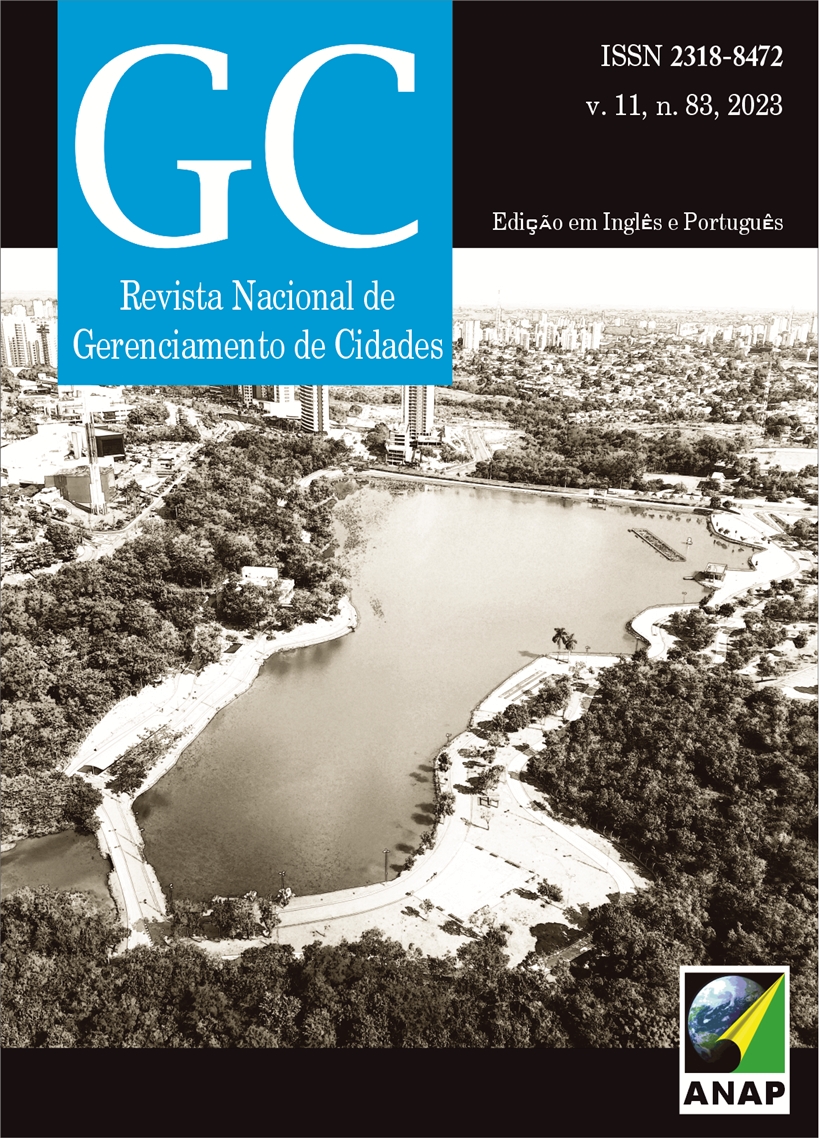Fortified horizontal residential enclaves and the new urban segregation in cities in the interior of the state of São Paulo
DOI:
https://doi.org/10.17271/23188472118320234665Palavras-chave:
Gated Communities, Closed Spaces, Urban Segregation, BrazilResumo
The brazilian urbanization was marked by the center-periphery cleavage; however, changed from end the 20th century XX due to the spread of gated communities. These are closed spaces for housing, work, leisure, consumption and business, which are characterized by a defensive architecture, are walled and turned inwards, with sophisticated security systems that separate two social universes: the internal, restricted to the richest, and the external, associated with the violence and the poor population. This paper analyzes the gated communities in countryside cities of São Paulo, addressing the reasons that led to their diffusion – from the effects of the fear narrative to the dynamics of the real estate market – and their harmful urban and social consequences. The gated communities contradict the ideals of modern urban life, marked by diversity, anonymous encounters and the appreciation of public space as a sphere of exercise of citizenship rights. The analysis demonstrates that in the selected cities (Ribeirão Preto, Jundiaí and Bauru) the spread of closed urbanizations for residential use increased socio-spatial segregation, delimiting fragmented territories that obstruct free movement and increase social inequalities, in open contradiction with the Sustainable Development Goals of the 2030 Agenda (New Urban Agenda) of the United Nations (UN).
Downloads
Downloads
Publicado
Edição
Seção
Licença

Este trabalho está licenciado sob uma licença Creative Commons Attribution-NonCommercial-ShareAlike 4.0 International License.















